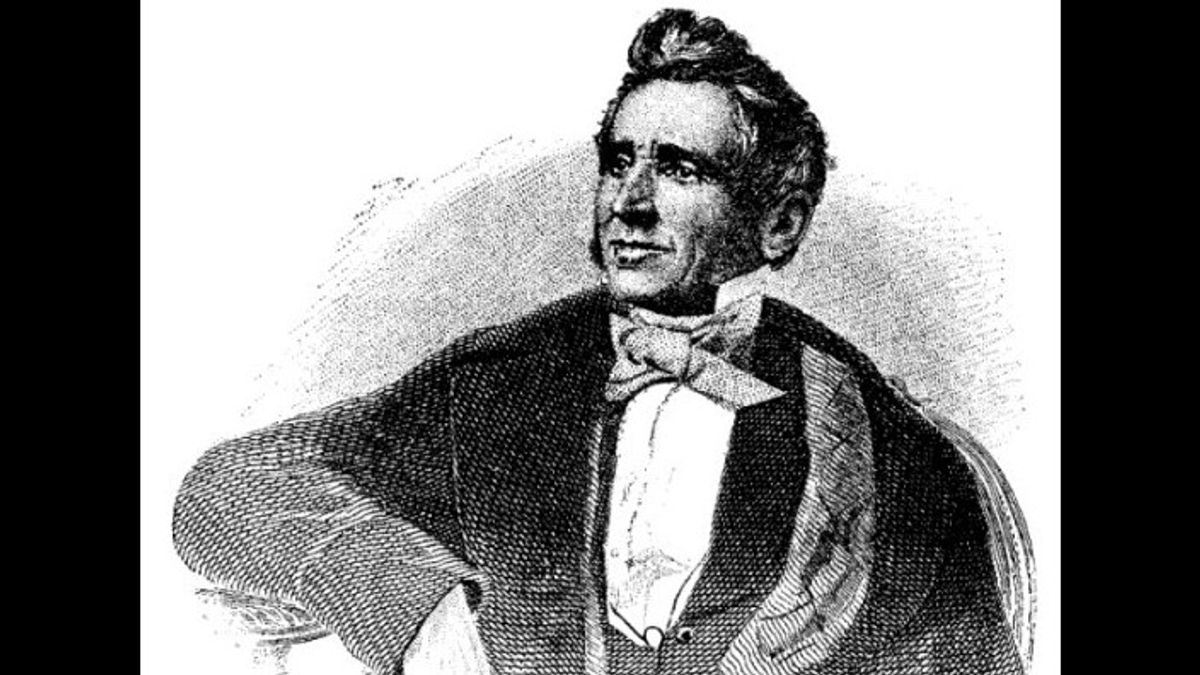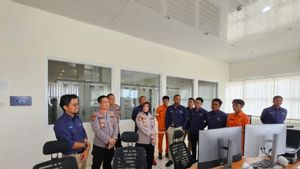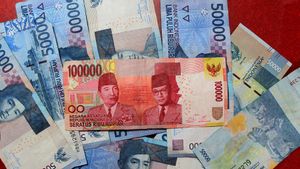JAKARTA - Charles Goodyear's discovery of rubber vulcanization - a process that allows rubber to withstand heat and cold - revolutionized the rubber industry in the mid-1800s. In fact, we can feel these findings until now. Automotive tires, pencil erasers, life jackets, balls, gloves and more are all used commercially because of Goodyear's relentless experiments to unlock the molecular structure of rubber.
Part scientist, part dreamer, part entrepreneur, Goodyear devoted his life and sacrificed his family's wealth and his own health to commercial use of rubber. It was not easy for Goodyear to be successful, even until he was killed.
Launching Britannica, Monday, June 15, Goodyear began his career as a partner in his father's hardware business. However, the business went bankrupt in 1830. He was later interested in finding a method of treating rubber that lost its adhesion and susceptibility to extreme heat and cold.
Goodyear then developed a nitric acid plant. Then, in 1837, he was contracted to carry out the process in order to make the United States government mailing bag (US). Unfortunately, however, the rubber cloth proved useless in high temperatures.
Over the next several years, Goodyear worked with Nathaniel M. Hayward, a former employee of a rubber factory in Roxbury. While at Roxburry, Goodyear saw the rubber vests the company made and sold. He thought he could create a better valve for the vest. When he returned to the shop to give him the valve, the store manager said Goodyear should have found a better use of rubber instead of the valve.
In Charles Slack's Noble Obsession, it is explained that the manager of the Roxbury rubber company then took Goodyear to a warehouse, where “he pointed to a row of racks filled with a pile of deformed lumps of rubber, the folds sticking together quickly. The room smells pungent and smells bad. "
Over the next five years, Goodyear became obsessed with rubber. As a result of this obsession, he and his family were in debt to pay for experiments to make materials suitable for industrial purposes. Goodyear also moved several times. In short, Goodyear went wherever he could find investors and places to conduct his experiments.
Goodyear mixed chemicals into raw rubber in pots and pans in the makeshift laboratory he had set up in his wife's kitchen and also in prison, where he spent many nights for failing to pay off his creditors. Goodyear inhaled the fumes of poisonous ingredients, including nitric acid, lime, and turpentine which he mixed together and kneaded into the rubber to stabilize it.
In 1839, Goodyear accidentally dropped some Indian rubber mixed with sulfur on a hot stove and discovered vulcanization. The vulcanization process received its first patent in 1844, although it had to fight many offenses in court; the victory against Goodyear didn't come until 1852.
That year, Goodyear also went to England, where an article created under his patent was shown at the 1851 International Exhibition; while there he was unsuccessful in building a factory. He also lost his patents in England and in France due to technical and legal issues.
A company in France that produces vulcanized rubber failed. And in December 1855, Goodyear was imprisoned for his debts in Paris. Meanwhile, in the US, the patent continues to be violated by many people.
Although his inventions made millions of dollars for other people, at the time of his death Goodyear left a debt of around 200,000 US dollars. He wrote a report on his invention entitled Gum-Elastic and Its Varieties.
The English, Chinese, Japanese, Arabic, and French versions are automatically generated by the AI. So there may still be inaccuracies in translating, please always see Indonesian as our main language. (system supported by DigitalSiber.id)











